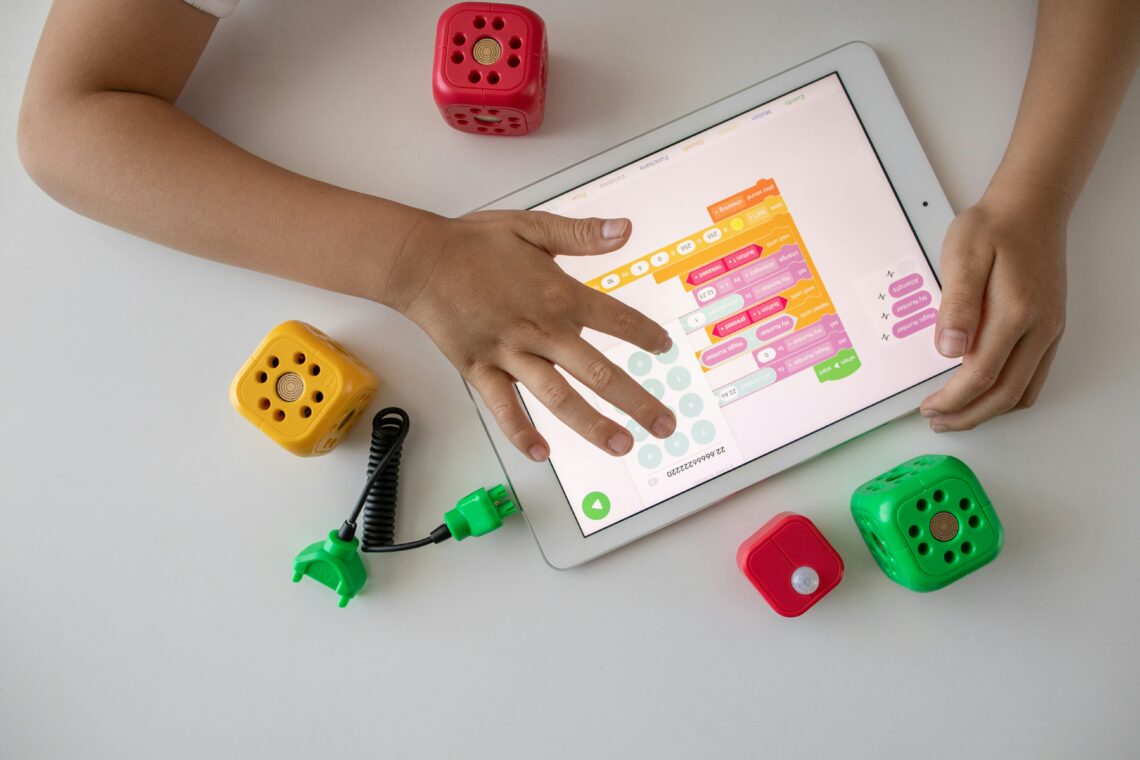The year is 2004. My mom is in the sewing room. But she is not sewing. She is pushing aside the needles, pins, and spools, making room for a new addition to our home. As the desktop and monitor are moved in this room will henceforth be known by a new name.
The computer room.
I was given access to technology at a young age and a lot of it had to do with gamification. My parents cared deeply about our education and bought several educational computer games when they began to be all the rage. During this time, I was not just practicing my math and typing skills. I was learning how to log into games, how to create profiles, and eventually, how to navigate the internet. Like many children, gamification of learning was also my introduction to digital literacy.
March 2020 brought with it online learning like we had never seen before. The technology gap was noticed in a profound way. Questions like “How will students attend class if their home doesn’t have wi-fi?” and “How can students access the google classroom if they don’t have a devise?” were pondered. For the most part we thought it would be an easy solution. Get the children laptops and wi-fi and the gap is gone right? Why do we then see so much disparity when it comes to digital literacy?
Reflect back on the first time you used zoom. Did you understand how to use it right out of the gate? Maybe you did. What if the first time used zoom you were also using a new device. Would that make it harder? What if you had limited experience with computers in general and were suddenly being asked to download an app, make an account, join a meeting, turn your camera on, turn your audio off, and so on. Many of our students had low digital literacy before 2020 and we just didn’t see it. It makes sense though. We know that children who are read to at home and exposed to a variety of books develop literacy skills faster than children who aren’t given those opportunities. So why would digital literacy be any different?
During the discussion in class this week about gamification of learning many of us tried out games and wondered if they were truly educational. Is Minecraft educational? Do we have to add something to it in order to make it educational? While those are important questions, I found myself during the discussion overlooking another important question. “How can gamification encourage digital literacy as a whole?” I don’t have the answer to this, I more just want to spark discussion.




